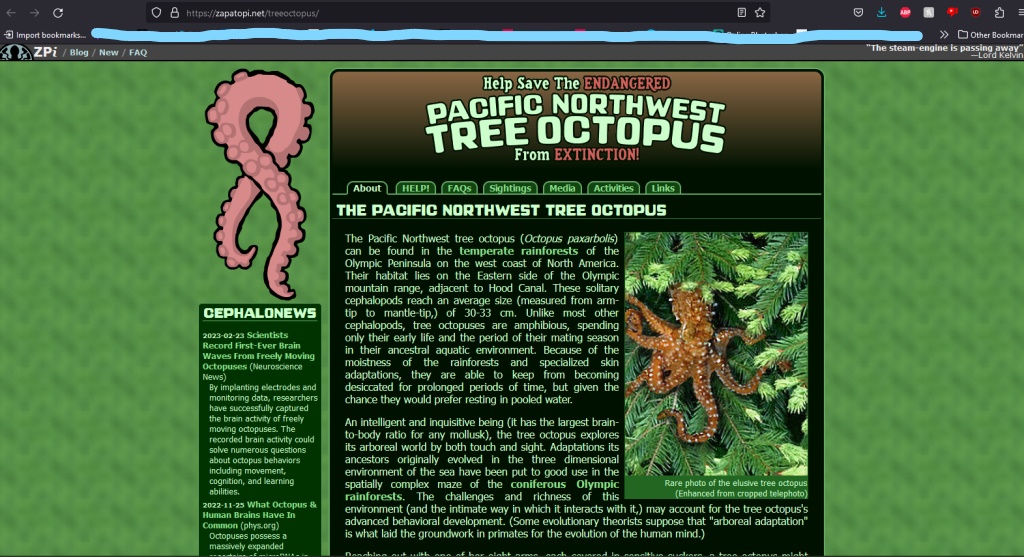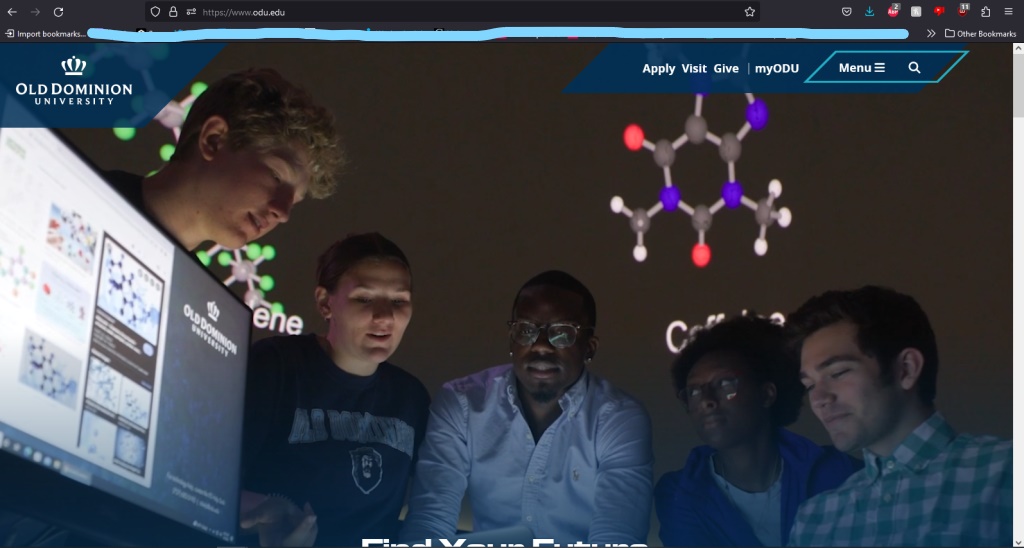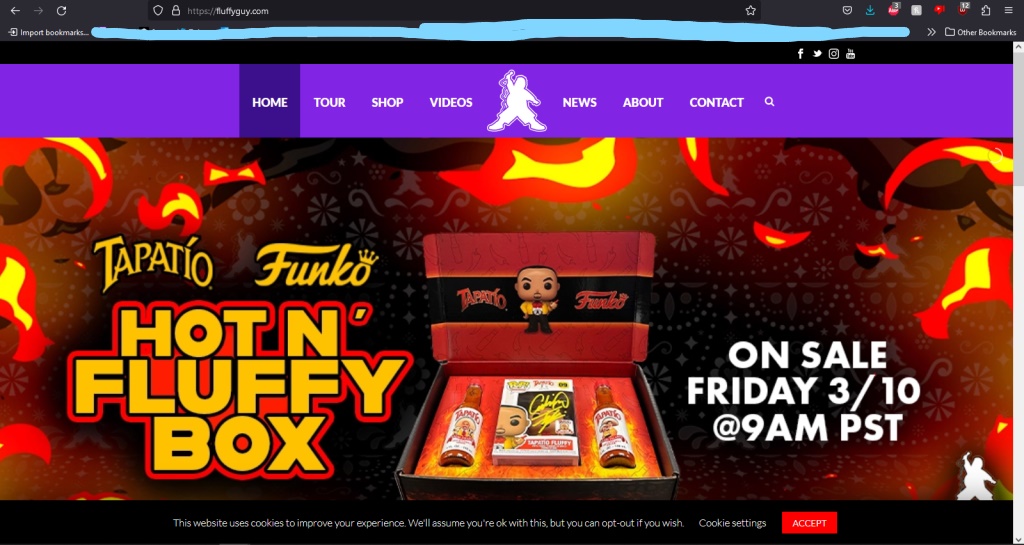3 Fake Websites
3 examples of fake websites might be:

You can tell by the terrible design of it, and if you investigate further, you can see that alot of the pictures are staged, photoshopped, or they outright use a stuffed octopus as a stand in. Clearly a fake/parody site. The URL uses HTTPS however, so it appears safe.

A bit harder to see as a fake site, but it is. It doesn’t use the official ABC news logo in the top left, and many of the articles appear to revolve around influencers or social media. Clearly no substance for a real site, let alone an ABC backed news site.

I will embarrassingly admit, this one fooled me when I first found it because I was starving. It appears very legitimate and professional at first until you go into Our Team, and Our Story where it’s very clearly a fake site made for humor. The Merch tab takes you off site, and the Order Online button takes you to UberEats where it basically says this place doesn’t exist. Moral of this one: Don’t go onto fake food sites when you’re mind is clouded by hunger.
3 Examples of Real Websites

Obvious first choice is the University website. Very professional looking, URL is perfect, even has the top-level domain .edu, meaning it is a recognized educational institution.

Another very clearly real website is CNN.com. Up-to-date, relevant news, the CNN icon is in the top left, URL checks out as well.

This final one is a joke site, and a promotional one at that, so bear with me. This is the official website for comedian Gabriel Iglesias to promote his comedy shows, tours, and merchandise. The URL uses HTTPS so it is a secure site, it is very professionally designed
How to tell fake websites apart from real ones
- The biggest giveaway is the URL. If the website URL does not include HTTPS at the very beginning, chances are it’s a fake site, or at the very least not sufficiently secure. To go along with this, a Padlock icon should be next to the URL to signify it’s secure. Another URL hint is the top level domain. If it ends in an uncommon TLD name, something not similar to .com, .edu, .net, and the like, chances are it’s fake.
- The website design is also a dead giveaway. If the look and interface of the website appears badly designed, or poorly put together, chances are it’s fake, or at the very least a satire. In line with this is also the icon, or trademark of a parody site. Just like with the ABC.com.co site, if the website doesn not use the original icon of a brand it;s attempting to mimic, it’s fake.
- Some websites have their URL perfectly made, and their website seemingly professionally put together. Many scam or phishing websites also use the real website’s icon and design, which makes it even harder to distinguish real from fake. In this case, you have several options. You could investigate it yourself, and look for spelling mistakes, design flaws, or anything pushing you to give away your personal, or credit card info. You could run the URL through a website checker to see if it’s legit, such as https://transparencyreport.google.com. Finally, the biggest thing is do not enter ANY information into a website until you are 100% sure it’s real and authentic.